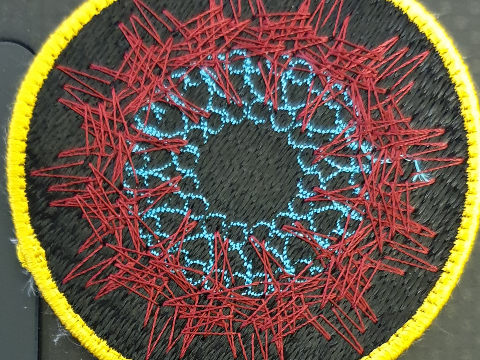Day 3 of the 2022 March is for Making Series
There is "something magical about being able to interact with an object that started out as lines or blocks of code on your computer." ~ @CeMoCreates
Personally, I'm a big fan of physical computing.
In a nutshell, physical computing is taking code and having it merge and then interact with the physical environment.
If you build a robot, this is a form of physical computing. It could be something like a water level, temperature sensor, that interacts with the environment.
According to Wikipedia, Physical computing means building interactive physical systems by the use of software and hardware that can sense and respond to the analog world.
I'm an even bigger fan of something you CREATE from CODE.
Imagine eating a cookie that started as lines of code.
By using the Codeblock feature of TinkerCad you can start a project with a few lines of code and soon find yourself with a unique design that you 3D print into a pendant, keychain, or even a mold for a cookie cutter.
Or perhaps you would like to WEAR your CODED designs on a T-shirt or use it in a design for your prom dress. Then export the design you coded in Tinkercad as an SVG file and use your Cricut or other electronic cutter to cut it out of heat press vinyl and apply it to your T-shirt. Or perhaps cut it out of of fabric that becomes part of a quilt or even a prom dress.
Since we are on the topic of fabric, what about coding an embroidered patch for your own line of skateboard clothing -- or your book bag?
When I first saw that TurtleStitch would allow you to do just that, I went out and bought an entry level embroidery machine. I need to get it back from my teenage skateboarder grandson, soon, so I can play.
These are just a few of the ways students can integrate computer science into physical objects. What's your favorite way? Or what do you want to try? Perhaps we can start a collaborative inquiry!






No comments:
Post a Comment